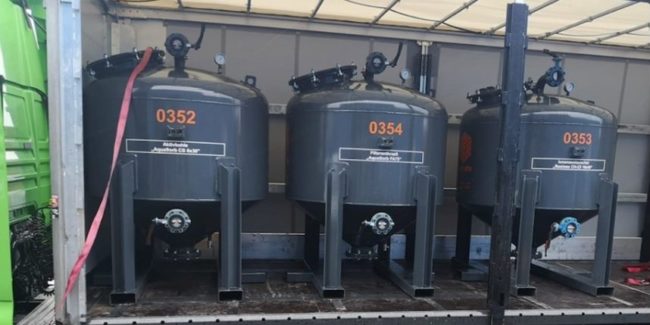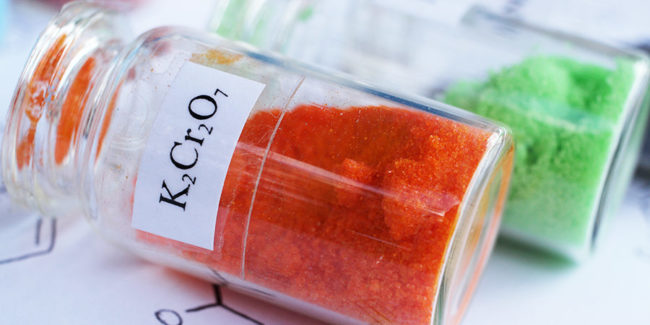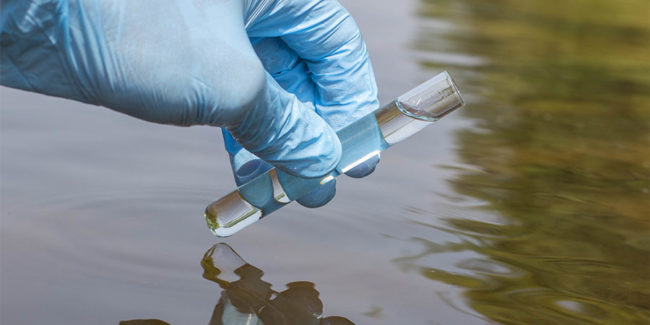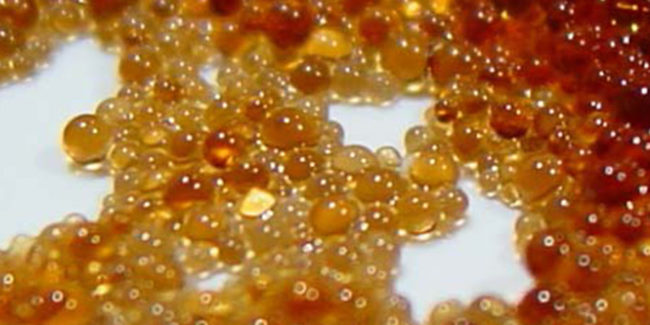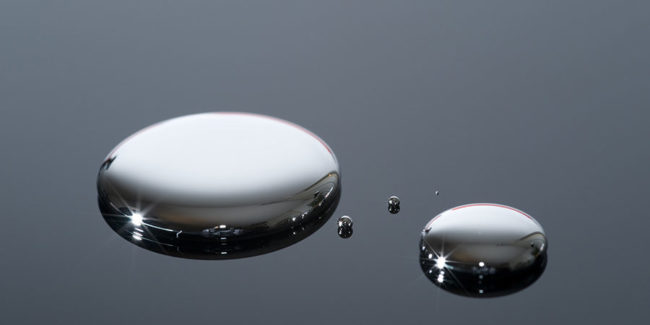A complex wastewater treatment system to avoid a prohibition of discharge by the local authorities.
Introduction In many industrial operations, the products produced in campaigns vary greatly in their composition. This is common in waste management companies, chemical and pharmaceutical production sites, as examples. These campaigns often change because of different input streams, smaller but different production lots, as well as frequent contract manufacturing. This may also lead to fluctuating…


